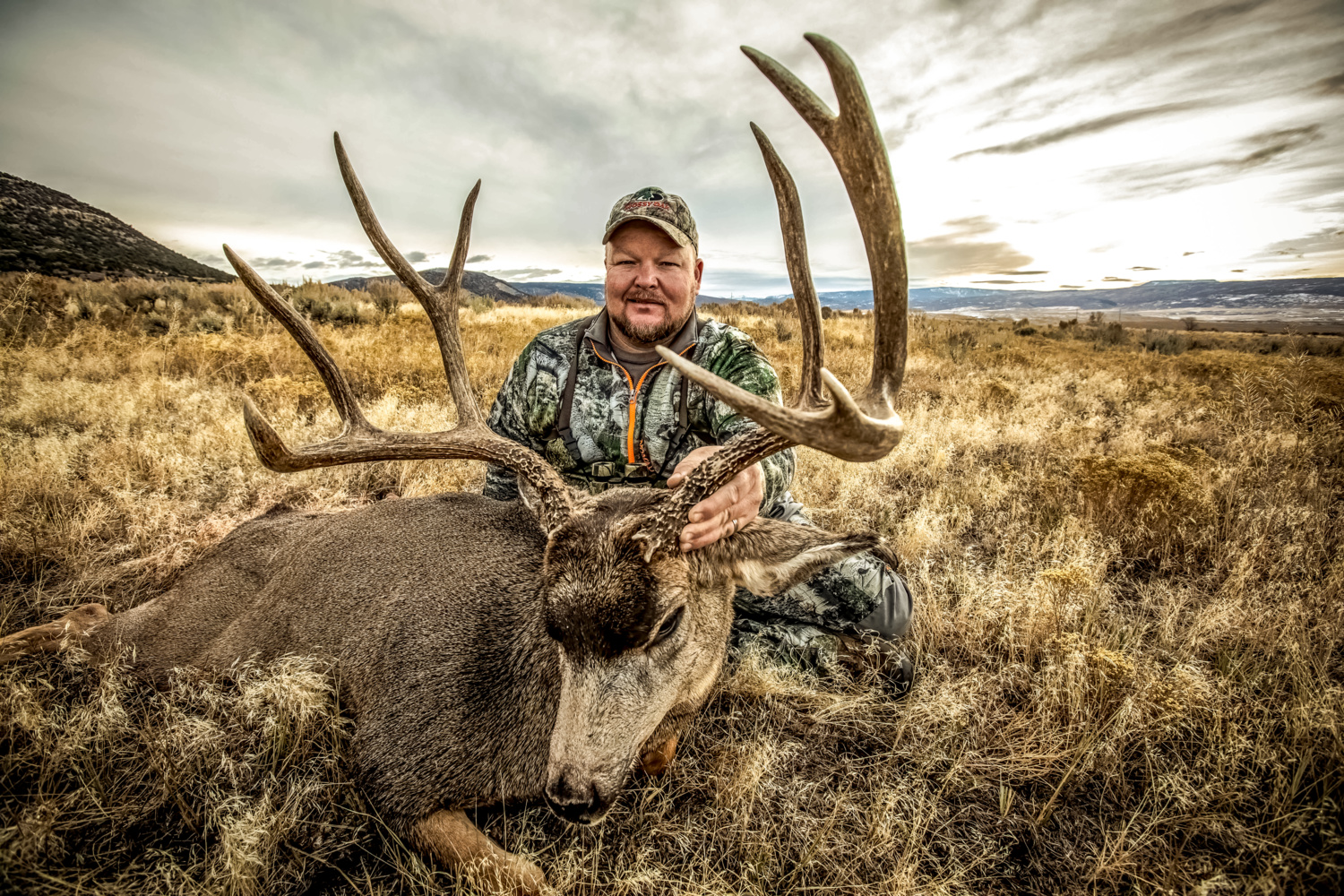
The Average Joe’s Training Program: Get Into Backpacking Shape for Mountain Hunts
I felt beaten and broken. Each step was painful, and my legs couldn’t support the weight on my back. It wasn’t the fault of the 3,600-cubic-inch backpack. It was high quality and perfectly fitted to my torso.
I trained relentlessly with one goal: to hunt a public-land backcountry bull. I increased my running mileage, participating in mountain marathons and even finishing third in the Grand Mesa 100-Mile Ultra. I was in peak physical condition. Yet, I struggled in the mountains. What had gone wrong?
During my seven-day mountain hunt, I realized that my legs were strong, but my back constantly ached. I carried a 37-pound pack with all my hunting gear, and after a few days, my back started hurting. I had neglected to train with any pack weight. It was a major mistake. By day five, my shoulders, lats, and lower back were in agony. Although my legs were fit for ultra-marathons, they were unaccustomed to carrying a load. When it came time to haul hundreds of pounds of meat off the mountain after successfully hunting a bull, I suffered the consequences.
I vowed never to make that mistake again. The good news is that you can train more casually and be prepared for a backpack hunt without enduring the pain I experienced. You don’t need to run excessive miles or hit the gym. All you need is a quality backpack, a 50-pound sandbag, trekking poles, and dumbbells. The Average Joe’s Backpack Training Program starts now. Here’s how to begin:
Find the Right Pack For The Job
First, invest in a premium backpack. Don’t skimp on quality when it comes to a backpack that will be an extension of your body. Make sure it has ample room to meet the demands of your hunting adventure. Try it on before buying, ensuring proper fit and functionality. Look for a top-end western hunting pack with torso adjustments, as well as multiple shoulder and waist belt adjustments. Proper pack fit is essential. My go-to choice is the ALPS Elite Frame + 3800 Pack.
Hike With Your Pack

Get a 50-pound bag of sand. This bag will become your new companion. Choose a heavy-duty canvas bag, and obtain sand from a concrete mixing company or landscaping yard. Avoid using plated weights or dumbbells as they can damage the pack’s contents and hinder your movement.
Empty your pack and transfer 25 pounds of sand into a separate container. Tie off the open end of the bag and place it in your pack or attach it to the pack’s frame. Lace up your hunting boots and embark on hikes two or three times a week. Start with easy hikes and a 25-pound pack. Take it slow, and gradually increase the distance as your fitness improves. Use trekking poles for stability and rhythm. These poles are also beneficial during the packout on a hunt, so practicing with them is worthwhile. Only push yourself to your limits once a week. For other hikes, maintain a more relaxed pace where you can hold a conversation without struggling for breath.
Train on Hills
Now it’s time to challenge yourself on hills. Look for a long, gradual climb that spans approximately one mile and a steep, short climb no more than 1/4 of a mile. Aim for a vertical gain of 300 to 500 feet for the long climb and focus on maximum effort during the ascent while using the descent for recovery. You can repeat this hike multiple times, but prioritize your back and leg health. If any discomfort arises, stop the activity.
For the short climb, incorporate it into your regular hikes a few times a week. Reduce pack weight to 25 pounds and use your trekking poles to power up the hill. The goal is to elevate your heart rate quickly. Don’t hold your breath; switch to mouth breathing when pushing the pace. Only attempt steep hills after achieving a high level of basic fitness. It’s not the first exercise you should attempt after a period of inactivity.
Train With Dumbbells
One of my preferred and most intense backpack workouts involves 50-yard walking lunges with a 50-pound pack and 25-pound dumbbells in each hand. After completing lunges for 50 yards, take a one-minute break. Then, put on a weighted pack and perform lunges for another 50 yards. You can repeat this process as desired, adjusting the pack weight and dumbbells as necessary.
Dumbbells are affordable and easy to find second-hand. Look on Facebook or Craigslist for options under $100. This inexpensive training program will quickly improve your backpacking fitness. As you progress, you will likely be motivated to push yourself even further. Enjoy the journey, as few things contribute to success in the mountains like being in top physical and mental condition during hunting season.

A skilled hunter, dedicated conservationist, and advocate for ethical practices. Respected in the hunting community, he balances human activity with environmental preservation.
